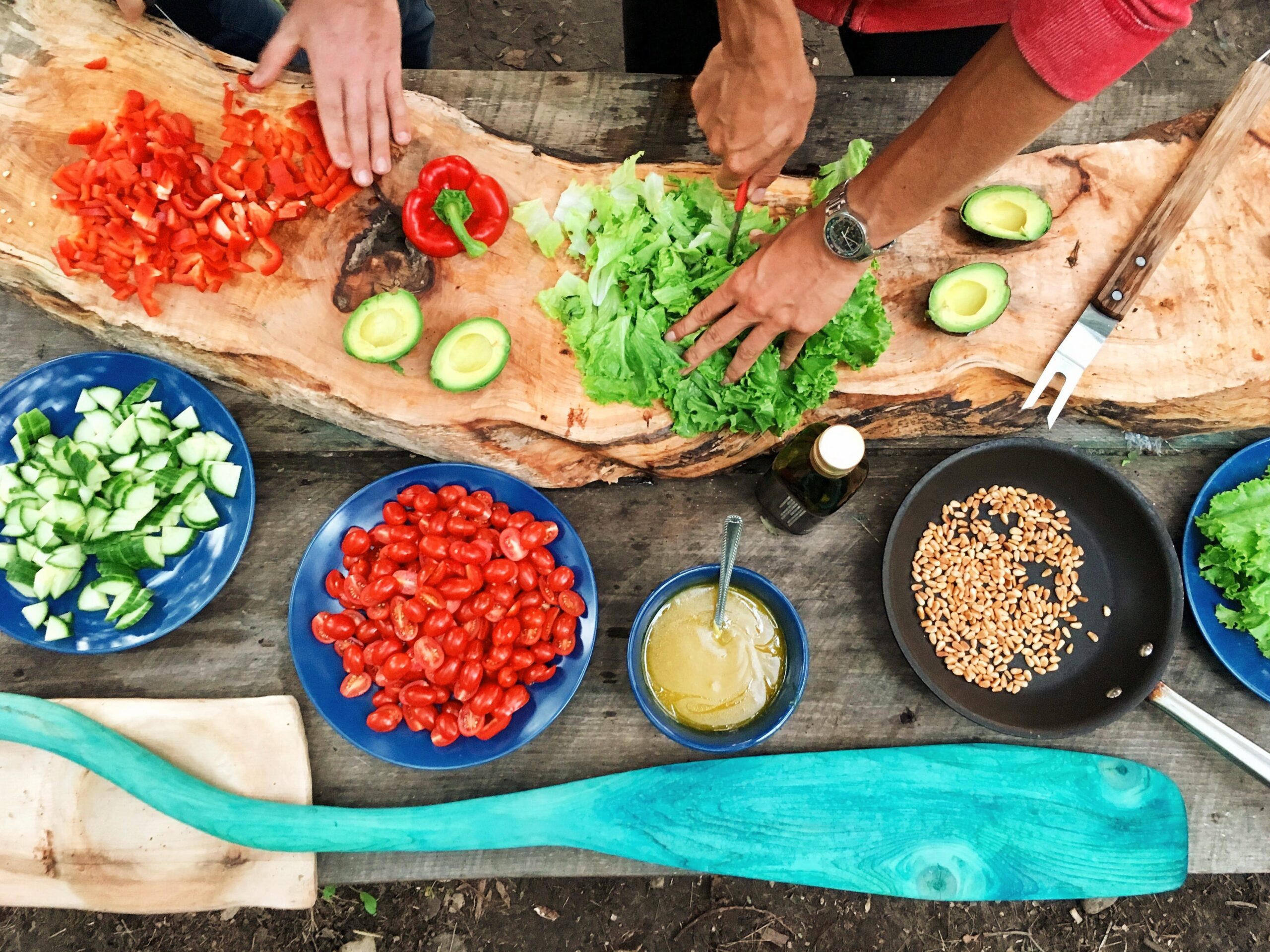Photo by Maarten van den Heuvel
HOW ARE RESTAURANTS INCORPORATING MORE HEALTHY OPTIONS INTO THEIR MENUS?
By Fred Kirvan, Founder – Kirvan Consulting, LLC.
As the global dining landscape evolves, restaurants increasingly incorporate healthier options. This shift reflects a growing consumer demand for fresh, whole foods and a focus on health and wellness. Let’s explore some key strategies restaurants use to cater to this demand.
Transparency and Ethical Sourcing
Restaurants are prioritizing transparency about their sourcing, ingredients, and nutritional information. This trend is driven by consumer preferences for transparent and honest information about what they’re eating. Beyond just taste and price, customers now value understanding the environmental footprints and social impacts of their food choices. Restaurants respond by using the freshest and healthiest ingredients, ethically running their businesses, supporting local communities, and communicating openly with their customers.
Plant-Based and Whole Food Ingredients
There is a significant shift towards more plant-forward menus. This doesn’t necessarily mean vegan or vegetarian, but rather incorporating more plant-based foods. Restaurants are getting creative with their dishes, moving beyond the traditional meat-centric offerings to include more vegetables and fruits. This trend is not just about health but also sustainability, as more consumers are interested in the environmental impact of their food choices.
Healthy Drinks and Mocktails
Beve ages are also getting a healthy makeover. Restaurants are moving away from drinks high in sugar and artificial ingredients towards options like cold-pressed juices, fermented beverages like kombucha, and biodynamic wines. Non-alcoholic options, such as mocktails mixed with fresh fruit juices, herbs, and spices, are gaining popularity among health-conscious consumers.
Customization and Personalization
Since ‘healthy’ can mean different things to different people, restaurants offer more customizable options. This allows customers to tailor their meals to their specific dietary preferences and needs. Personalization is particularly prevalent in online ordering and delivery, where customers can choose from various healthy ingredients to create their meals.
Marketing and Aesthetics
Restaurants increasingly focus on marketing their healthy offerings through social media and influencer partnerships. This involves promoting the health aspects of their menus and ensuring that the food is presented aesthetically, catering to the visual-oriented nature of social media platforms. Influencer marketing has become a powerful tool for restaurants to promote healthy food options.
Portion Control and Nutritional Information
Many restaurants offer smaller portions and display calorie counts and nutritional information on their menus. This practice helps customers make informed choices and control their calorie intake. It’s a response to the growing awareness of the importance of portion control in maintaining a healthy diet.
Catering to Diverse Dietary Needs
Restaurants also focus on catering to various dietary preferences and restrictions, including gluten-free, keto, paleo, and vegan diets. This approach ensures that healthy options are available for everyone, regardless of their specific dietary needs.
Conclusion
The restaurant industry is adapting to the increasing consumer demand for healthier options by focusing on transparency, plant-based ingredients, customizable meals, aesthetic presentation, and ethical sourcing. This shift is not just a fad but a reflection of broader changes in consumer attitudes towards food and health.
========================
For More Information On Creating Healthy Menu Options For Your Restaurant Click Here
This article was researched and edited with the support of AI

